Japan holds a number of amazing destinations year-round and if there’s one area that you shouldn’t miss, it would be the Central Japan Region which is also called as Chubu Region (中部地方, Chūbu Chihō, Chūbu-nihon). With such a great expanse, you’re sure to find an abundance of natural sights, unique activities, as well as delicious food in every season; plus, you can even easily plan your next winter holiday by using a Takayama Hokuriku Area Tourist Pass!
After all, this pass will grant you unlimited rides on JR local and limited express trains, the Hokuriku Shinkansen, and buses along the route in the Central Region for five (5) consecutive days, thereby giving you the chance to explore a wide range of attractions in different prefectures. And for this blog post, I will introduce the areas covered in the Takayama Hokuriku Area Tourist Pass which are Fukui Prefecture, Gifu Prefecture, Ishikawa Prefecture, and Toyama Prefecture.
TIP: For sample key highlight spots in Central Japan, check by CJTF.
To help you get started on this Central Japan adventure, below is a helpful travel guide and sample itinerary for 5 days that makes full use of a Takayama Hokuriku Area Tourist Pass!
» Quick Travel Planning
Central Japan 5-Day Winter Itinerary
NOTE: The following section is in a tabbed format; so, in order to see the next day’s contents for this Takayama Hokuriku Area Tourist Pass winter itinerary, just click the headings below.
DAY 1 – All About Nagoya
• • •
CHECK-IN: Nagoya Marriott Associa Hotel
Our Central Japan trip started at the Nagoya Marriott Associa Hotel in Nagoya, the largest city in the Chubu Region. This hotel is conveniently located right above Nagoya Station, making it the best jump-off point for our five-day adventure using a Takayama Hokuriku Area Tourist Pass.
Aside from its convenience, Nagoya Marriott Associa Hotel also has excellent customer service and large modern rooms, which made our stay amazingly comfortable! The panoramic view of the city that can be perfectly seen in the room also added to its luxurious ambiance.
Now, to jumpstart the day, below are a number of top things to do…
• • •
◘◘ See Nagoya TV Tower
Photo by: Shutterstock
From Nagoya Station, we took a 10-minute subway ride to see the Nagoya TV Tower which is only a few minutes’ walk from Oasis 21.
This famous tower was constructed in 1954 and it is considered the first and oldest TV transmission tower in Japan. It was originally built to mark the reconstruction of the city after the second world war and to promote tourism and TV broadcasting in Nagoya at the time. In 2005, it was recognized as one of Japan’s tangible cultural property, a recognition given to tangible cultural products that possess high historic, artistic, and academic value to Japan.
Currently, the tower houses various restaurants, shops, and two observation decks where visitors can enjoy a 360-degree panoramic view of the city for JPY 900. To add, the Nagoya skyline seen from the observatory is considered one of Japan’s Night-view Heritage, so make sure you don’t miss it!
- FOR MORE INFO: Click this link.
• • •
◘◘ Try Nagoya-Meshi (Kishimen)
Photo by: Shutterstock
Tasting various cuisines in different areas of Japan is one of the most anticipated activities of any tourist that is visiting the country. That’s why after dropping our things at the hotel, we immediately went to try one of Nagoya’s specialty cuisines: kishimen.
Kishimen is a noodle dish known for its hirauchi (flattened) noodles made from wheat flour, water, and salt. However, don’t be fooled as not all flattened noodle dishes are considered kishimen. By Japanese standards, noodles with a width wider than 4.5mm and a thickness of less than 2.0mm can be called kishimen.
For the full Nagoya experience, kishimen is best eaten in the form of miso-stewed udon.
For those who are not a fan of miso, kishimen can also be enjoyed with pasta sauce, hot soup, or cooled, just like regular udon.
• • •
◘◘ Drop by Café Gentiane (Piyorin)
The Japanese’s obsession for cute things does not end in the Kanto area as it is a culture shared all over the country! In Nagoya, the cutest dessert is called piyorin. Coming from the words piyo-piyo (Japanese onomatopoeia for the chirping sound of a chick) and purin (Japanese pudding), piyorin is a chick-shaped custard that can be enjoyed at Café Gentiane, a specialty cafe located along the Tokaido-dori side of Nagoya Station.
Aside from its cute appearance, piyorin is also well-known for using one of the most expensive eggs in the country: Nagoya’s famed cochin eggs. While a custard base topped with vanilla mousse is the original flavor, piyorin also comes in green tea and other limited-edition flavors depending on the season.
• • •
◘◘ Shop at Gate Tower
Adjacent to the JR Nagoya Station is the JR Takashimaya Gate Tower Mall. Not to be confused with the JR Nagoya Takashimaya that stands right next to it, the Gate Tower Mall is the one with the bus terminal on the first floor.
After all, what’s unique about the Gate Tower Mall is that it’s a shopping mall that houses stores specializing in cosmetics, fashion, and lifestyle. There are also a select number of cafes and restaurants offering pastries and sandwiches.
- SHOPPING TIP: Located on the 9th and 10th floor of the JR Gate Tower is Bic Camera. Contrary to its name, cameras are not the only things you can buy here. Bic Camera has a wide selection of electronics, game software, and even alcoholic beverages available for purchase. If your total expenditure exceeds a certain value, you can also avail of the tax-free incentive so make sure you have your passport with you when you shop here.
.
Alternatively, if you’re in the mood for clothes shopping, just go up one floor to get to Uniqlo, and its slightly cheaper-priced sister company, GU, to start rocking that Japanese-style fashion!
• • •
NOTE: Pick up your luggage at the hotel before moving to Takayama.
CHECK-IN: Hodakaso Yamano Hotel
For the night, we stayed at the Yamano Hotel, a ryokan in the middle of the mountainous area. The highlight of the accommodation is their outdoor bath (rotenburo) located outside of the hotel. Take the cable car and go to the ground floor, and you’ll find a wide hot spring bath in the woods where you can enjoy nature. You shouldn’t miss the dinner with Hida beef too!
DAY 2 – Shinhotaka Ropeway, Takayama, Shirakawago & Takaoka
• • •
◘◘ Ride the Shinhotaka Ropeway
Photo by: Shutterstock
For another unforgettable Japanese winter experience, try riding the Shinhotaka Ropeway which is the only double-decker ropeway in Japan. If you go to Central Japan in winter, you don’t want to miss out on viewing the magnificent Japanese Alps Mountain Range.
From the hotel, we took the Nohi Bus directly to the ropeway. At the rooftop observatory deck located in the upper station (Nishihotakaguchi Station) at an altitude of around 2,156 meters, you can enjoy a 360-degree panoramic view of the surrounding mountains and valleys covered in white snow.
• • •
◘◘ Try the Takayama Ramen
Then we back to Takayama for lunch and move on with our trip. We ate chuka soba or locally known as “Takayama Ramen”.
The soba has base broth made with bones, vegetables, and katsuobushi (dried bonito flakes) that is enriched with soy sauce and miso. Both the soba and base broth are handmade with different styles representing each restaurant. I personally had a bowl of char siu toppings while my friend had one with raw eggs!
• • •
◘◘ Explore Takayama Historical District
After lunch, we explored Takayama’s historical district to see the beautifully preserved Japanese buildings and houses from the 1600s.
Once we’re in the area, we felt as if we’ve traveled back in time with how well-preserved the façade of the structures was! If you’ve watched Japanese period dramas before, you will surely love this place.
Traditional household goods used during the Edo period and local arts and crafts are also exhibited in some of the houses. This area is considered the most scenic as it has a whole street of old homes, shops, coffee houses, and sake breweries. A number of these shops are still operating today so it’s also the perfect spot for a short break.
For a perfect complement to your stroll, you should buy a piece of Hida Beef Nigiri or Hida beef skewers!
- TRIVIA: Hida beef refers to the Kuroge Wagyu breed of cattle raised in Gifu Prefecture known for its high quality (as characterized by its beautiful marbling, color, texture, and taste). It is said to be one of the best beef brands in Japan so it is definitely a must-try delicacy!
.
“But I can’t afford such a high-class beef”
.
Oh, but you can! Although kuroge wagyu is considered to be a high-class beef, it is also a popular ingredient in many “B-class” Japanese gourmet cuisines. In Takayama, you can have a Hida beef croquette for as low as 250 yen! Hida beef can be enjoyed in a steamed bun, broiled skewer, or as a sushi too.
• • •
◘◘ Go to Shirakawa-Go
A must-see UNESCO World Heritage Site in the Gifu Prefecture, Shirakawa-go is famous for its traditional gassho-zukuri farmhouses, whose roofs are constructed at a steep angle to allow heavy snow to fall off easily in winter. While mostly known for the snow-covered houses during winter, Shirakawa-go also offers wonderful views in every season so make sure to visit this place during different times of the year to feel each season’s unique charm.
From Takayama Station, we took the Nohi bus direct to Shirakawa-go Village with the use of our Takayama Hokuriku Pass, which is probably the most popular destination in the Central Japan region! This route is the most preferred access mode to Shirakawa-go and is usually sold out, especially in the winter, so it’s better to reserve your tickets beforehand. Tickets can be exchanged at Nohi Bus Center right next to Takayama Station.
A five-minute shuttle ride for 200 yen (one-way) or a 25-minute walk up the mountain will also lead you to an observation deck overlooking the whole area. This is the place where many famous Instagrammers get their breathtaking photo of the village!
- TIP: You can put your luggage at the coin lockers or luggage of Shirakawago Bus Terminal. They are located at the back of the room or just ask the staff.
• • •
◘◘ Visit Takaoka City
After enjoying Shirakawago, we took the World Heritage Bus with the use of our Takayama Hokuriku Area Tourist Pass to move to another city: Takaoka. This is the hometown of Fujiko F. Fujio, father of Doraemon, so one can find various places related to the characters.
- Doraemon Tram
We took the Doraemon Tram to go eat dinner at a famous local sushi restaurant. - Toyama Bay Sushi (Dinner)
Toyama is located near the sea and is therefore abundant with fresh seafood products. Don’t miss out on enjoying the freshest ingredients that landed directly from the sea at one of the local restaurants. The place we ate was called Iki-zushi氷見寿司 which is well known among the locals. One of the must-try dishes is the white shrimp (shiro-ebi). They are sweeter and much smaller than normal shrimps.
DAY 3 – Toyama & Takaoka
• • •
◘◘ Cruise through Shogawa Gorge, Toyama
In the morning, we took a bus from Takaoka Station going to Shogawa Gorge in order to try a relaxing boat cruise. For just 2,800 yen, you can enjoy the spectacular view of Shogawa Gorge by riding a sightseeing boat that operates on the gorge between Komaki Dam and Omaki Onsen.
The soothing one-hour cruise along the Shogawa gorge offers varying but equally breathtaking views all throughout the year. In winter, you can see the mountain covered in snow, whereas flowers in full bloom adorn them in spring. The summer season highlights the mountains’ lush greenery and in autumn, you get the best seat in enjoying Japan’s autumn leaves.
• • •
◘◘ See Zuiryuji Temple
Photo by: Shutterstock
After finishing the sightseeing boat, we went back to visit the Zuiryuji Temple in Takaoka city. It has been designated as a National Treasure and it is a must-see attraction in the city!
The main gate, main hall, and Dharma hall stand in a line, and the temple buildings are laid out symmetrically left and right, interconnected by roofed passageways in a beautiful and powerful sight.
- We ate lunch at Yasuragi-an where they served seasonal dishes. The dishes for February used fresh vegetables and seafood.
• • •
◘◘ Use the Doraemon Postbox
After seeing the temple, we took the bus and headed back to Takaoka Station to go to this spot.
On the first floor of the station, we were welcomed by a familiar cat-shoped robot. This giant copper-made Doraemon postbox is considered one of the icons of Takaoka City, which happens to be the birthplace of the manga artist that brought Doraemon to life.
Meanwhile, located on the first floor of the Takaoka Station building, letters and postcards dropped in this postbox are stamped with a commemorative Doraemon postmark. So why not send yourself and your friends a postcard to commemorate your visit to Doraemon’s birth town?
• • •
◘◘ Try the Handcraft Experience at Nousaku Factory
From Takaoka Station, we went back to the hotel to take our luggage and then took a taxi to Nousaku Factory for a little cultural immersion.
After all, Takaoka City is historically known as a center of metal casting, and this industry still thrives in the city today and they have a wide range of product variants. In Nousaku Factory, I’m sure you’ll love their cute Doraemon collections! In fact, we even tried making our very own tin item by joining a workshop at the Nousaku Lab.
• • •
◘◘ Marvel at Kanazawa Station’s Tsuzumi Gate
After visiting Nousaku Factory, we moved to Shin Takaoka station to catch the Hokuriku Shinkansen toward Kanazawa City (don’t forget your Takayama Hokuriku Area Tourist Pass!). While there, don’t forget to take a glimpse at the huge Tsuzumi Gate on the entrance that is designed to symbolize the drums played in Noh Theater.
It is said to be an unofficial symbol of Kanazawa and famous for being a combination of traditional wooden design and contemporary style.
• • •
◘◘ Kagaya
At Kagaya, we had Ozen set with dishes made by seasonal ingredients unique to the local area. A tray with sushi, miso soup, and some other traditional dishes were served.
• • •
CHECK-IN: Hotel Wing International Premium Kanazawa Ekimae
We stayed at the Hotel Wing International Premium near Kanazawa Ekimae. It is a fairly new hotel with a stylish design and ambiance.
DAY 4 – All About Kanazawa
The fourth day is a day for us to enjoy the whole city of Kanazawa. As an old castle town, it is well-known for its well-preserved Edo-era districts, art museums, magnificent gardens, and regional handicrafts. Here, one can try modern experiences while enjoying its beauty from the old days.
• • •
◘◘ Walk around Kenrokuen Garden
Photo by: Shutterstock
We exited the Kanazawa Castle ground from the Ishikawa Gate, which led us directly to the Kenrokuen Garden.
This garden is classified as one of Japan’s “three most beautiful landscape gardens“, so I guess the 320 yen feels like such a huge steal! The spacious grounds used to be the outer garden of Kanazawa Castle and it features a variety of flowering trees of seasonal natural beauty, including the snow-covered landscape with yukitsuri (snow hanging), a method of protecting the branches of the pine trees in the garden to prevent them from breaking due to heavy snow.
• • •
◘◘ Go to Kanazawa Castle
Kanazawa Castle used to be the seat of the Maeda Clan, a feudal domain ranking second only to the Tokugawa in terms of size and wealth from 1583 until the end of the Edo Period. Since then, the castle has been extensively rebuilt and renovated due to numerous fire incidents.
In July 2020, restoration of Nezumitamon Gate and Nezumitamon Bridge on the west side of Kanazawa Castle were completed. Today, you’ll love how the castle ground is vast, and the building and gates contain excellent displays on traditional carpentry. Not to mention the garden that has a central pond can be a perfect resting place if you get tired of walking.
• • •
◘◘ Visit Gyokusen’an Rest House
Located in the area of Kanazawa Castle Park, this is a small tea house overlooking the Gyokusen’inmaru Garden. I highly suggest sitting down here and having a cup of tea with wagashi or traditional Japanese sweets.
• • •
◘◘ Omicho Market
For lunch, we had a ten-minute walk from Nezumintamon to reach Omicho Market, Kanazawa’s largest fresh food market since the Edo period.
We heard that this market offers local specialties such as snow crab and sweet shrimps during the winter season, so we just had to try it! Similar to Tokyo’s Tsukiji Market, hundreds of stalls and restaurants selling fresh seafood are lined up so you can choose which ones you want to try!
• • •
◘◘ See Higashi Chaya District
Our last spot in Kanazawa city is no doubt the Higashi Chaya District, said to be one of Kanazawa’s largest geisha districts.
In here, it’s a must to walk around the old chaya (tea house) in a kimono and take a photoshoot for your SNS. Also, this is one of the most unique places in Japan where you can try soft cream with gold leaf!
• • •
NOTE: Check out from the hotel and take the Thunderbird express train with your Takayama Hokuriko Area Tourist Pass to head to Awara Onsen in Fukui Prefecture.
CHECK-IN: Awara Onsen Matsuya Sensen
From there, take a hotel shuttle bus from Awara Onsen station to the ryokan.
- Awara Hot Spring Footbath: After checking in, we went exploring and checked the FREE public foot bath nearby. Search for “Ashiyu” on Google Maps for this place, which is located just in front of Awara Yunomachi station. This decent facility offers several foot baths which are in different shapes and temperatures.
.
We wanted to try some food too that was being sold at the Yataimura Yukemuri Yokocho right in front of the footbath building, but since we still have our dinner waiting at the ryokan, we only took some photos to note down for the next trip.
DAY 5 – Last Day
◘◘ Go to Fukui Station
For our last day, armed with our Takayama Hokuriku Area Tourist Pass, we hopped on a hotel shuttle bus and then rode the JR Hokuriku Main Line to Fukui Station!
- Did you know that Katsuyama City in Fukui Prefecture is Japan’s most prominent dinosaur fossil discovery site?
In Fukui Station’s West Exit, you can see a 10-meter model of Fukuititan, one of the dinosaurs found in Fukui. A model of the other dinosaur fossils discovered in Fukui, Fukuiraptor and Fukuisaurus, can also be found in Fukui Station.
• • •
◘◘ Visit the Dinosaur Museum, Fukui
If you want to learn more about the Fukui dinosaurs, you can also head to the Fukui Prefectural Dinosaur Museum, located almost 1.5 hours away from Fukui Station.
This museum, located in Katsuyama City, is recognized as one of the top dinosaur museums in the world and is the largest of its kind in Japan. Currently, they only let in visitors who have reserved tickets in order to prevent the spreading of COVID-19.
- DINOCAFE
The restaurant inside the museum offers western style food, Japanese style including Dino’s characters desserts that will satisfy the visitors including kids, adults and Dino’s lovers.
• • •
TIPS FOR THIS TRIP
- Stay at a hotel near the stations so you can leave your luggage there to go sightseeing. Otherwise, there are various coin lockers available at stations and popular tourist spots (i.e. Shirakawago).
- With your Takayama Hokuriku Area Tourist Pass, it’s important to reserve your seats on the bus to and from Shirakawago because the place is exceedingly popular with travelers and locals.
- Once you arrive at Nagoya Station, you can exchange your Takayama Hokuriku Area Tourist Pass at the JR counter. Also, Tourist Pass holders will be able to go past the automatic gate from March 2021.
- Takayama Hokuriku Area Tourist Pass holders can reserve seats on the Limited Express train but they need to use the non-reserve seats on Shinkansen trains.
• • •
Central Japan Travel Guide
» Best Time to Visit
Any time and any season! May it be spring, summer, autumn, or winter, Central Japan or Chubu has a ton of destinations and experiences that can fill your travel needs. For instance, there are breathtaking sakura or cherry blossom viewing in the spring, great hiking trails in the summer on Kamikochi, picturesque sightseeing rides in autumn at Kurobe Gorge, and exciting ski resorts or attractions in the winter in Niigata or through the Tateyama Kurobe Alpine Route.
- WINTER:
Dec to Feb
- SPRING:
March to May
- SUMMER:
June to Aug
- AUTUMN:
Sept to Nov
– – –
» Getting in to Central Japan
By air. You can fly to Tokyo’s Narita Airport and take a shinkansen (bullet train) to any major city in Chubu with a help of a Japan Rail Pass; however, your best choice is to fly in directly to Chubu Centrair International Airport — this is Japan’s 3rd major international gateway that’s located on an artificial island 30 minutes south of Nagoya (the largest city in Chubu). In order to find the best flight deals from your point of origin, I recommend browsing through Skyscanner.
By train. Japan’s railways are well-connected; so if you’re coming from Tokyo, you can easily reach, for instance, Nagano on the Hokuriku Shinkansen or Nagoya on the Tokaido Shinkansen. If your destination is someplace else, just use Google Maps to map out your train route.
– – –
» Visa for Japan
If you’re NOT a citizen of any of Japan’s exempted countries, you are then required to avail a visa beforehand. (If you’re from the Philippines, you can read my guide on how to get a Japan visa in Manila here.)
- Check full visa requirements here as per your nationality.
– – –
» Where to Stay (Central Japan Accommodations)
To search for the best hotel accommodation in Japan at the best prices, I suggest cross-checking hotel prices between Agoda and Booking.com. But if you’re rather interested in renting comfortable houses or apartments, you should search through AirBnB.
- Stay at a hotel near train stations so you can easily leave your luggage there to go sightseeing. Another option is to use coin lockers that available at train stations and popular tourist spots (ie, Shirakawago).
– – –
» Japan Currency
Japanese yen (JPY / ¥) wherein ¥100 is equal to about USD $1~ / €0.85~ / Php 45~ (this is as of March 2020). In the event that you want to exchange your money for JPY, I highly advise that you do NOT exchange your money at the airport since the rates there are not competitive.
- How to best exchange your currency? Either exchange it at a bank or at a money exchanger in your home country or in Tokyo’s city center. Better yet, just withdraw from an ATM with your debit/credit card — however, you must do one big withdrawal to minimize fees with your bank. Speaking of cards, a lot of Tokyo’s establishments accept credit cards but it’s always advisable to have cash on hand because a lot of smaller shops do not accept international credit cards.
– – –
» Cost of Travel in Japan
A lot of people have the misconception that Japan is an expensive destination; however, it is totally possible to travel on a budget! Just take note that accommodation rates typically go up during peak season (March to April in Spring and November in Autumn).
To give you an idea, you should expect to travel in Japan with an average daily cost of about USD $45~ per person on a budget, or at least $120~ if you want to experience more comfort on activities, tours, hotels, and more. (Values below show low budget to medium budget ranges).
- Hotels: $25 to $120 USD / day
- Food: $12 to $30 USD / day
- Fun: $5 to $20 USD / day
- Transport: US$1 per subway ride*
*FREE subway and bullet train rides if you hold a Japan Rail Pass
– – –
» How to Get Around Central Japan
There are several train passes available in Japan that will help you save on transportation costs, but if you are only going to focus on Central Japan or Chubu, I highly recommend that you buy the Takayama Hokuriku Area Tourist Pass which gives foreign tourists unlimited rides for 5 days in JR local and limited express trains, Hokuriku Shinkansen, and buses along the route — which then makes it the PERFECT pass for this article’s itinerary!
- For more details about the Takayama Hokuriku Area Tourist Pass, see here. If you are arriving at Nagoya Station, you can easily exchange your Takayama Hokuriku Area Tourist Pass at the JR counter. Take note that you can reserve seats on Limited Express trains, but in Shinkansen (bullet) trains, you have to use non-reserve seats.
Meanwhile, when you’re mapping out your day-to-day route with your Takayama Hokuriku Area Tourist Pass, just use Google Maps because it will show in detail the fastest connections you can do (by walking, by car, by bus, and by train).
– – –
» Staying Connected in Japan
Japan has one of the fastest internet connections in the world so you’re assured of great connection wherever you go. Hotels and most shops (even convenience stores) offer FREE WiFi connections — but in order to stay connected online at all times during your Japan trip, I recommend getting your own pocket WiFi or a SIM Card.
– – –
» Safety in Japan
Japan is one of the safest countries in the world with very low crime rates. I have been traveling solo to this country many times now and I have never felt unsafe even in the late hours of the night — however, this is NO excuse to get too complacent. ‘Little crime’ does not mean ‘no crime’, so stay vigilant and be “street smart” by using your common sense at all times.
Nevertheless, the Japanese people are one of the kindest and most respectful people I have ever met, so solo travelers don’t have much to worry in this amazing country.
– – –
» Helpful Japanese Phrases
Japan may be one of the most developed countries in the world, but a lot of the locals don’t speak English. However, this should not discourage you from traveling to this country because apart from the fact that there are a lot of translation apps that will help you understand and speak Japanese, a lot of the locals are also making the effort to learn and use the English language.
- RELATED READ: Best translation apps for travel
Anyhow, below are some helpful Japanese phrases that will help you along the way! And even if you do encounter a Japanese who can speak English, it doesn’t hurt to say a word or two in their language.
Hello: Konnichiwa (Kohn-nee-chee-wah)
Thank you (normal): Arigatō. (Ah-REE-gah-tohh)
Thank you (less formal): Arigatō gozaimas (Ah-REE-gah-tohh goh-zahy-mahs)
Thank you (informal): Dōmo (DOHH-moh)
Yes: Hai (Hai)
No: Iie (E-eh)
Goodbye (long term): Sayōnara (Sah-yohh-nah-rah)
Goodbye (informal): Ja ne (Jahh neh)
Excuse me: Sumimasen (Soo-mee-mah-SEN)
I’m sorry: Gomen nasai (Goh-men-nah-sahy)
Is there someone here who speaks English?: Dareka eigo ga hanasemasu ka? (Dah-reh-kah ey-goh gah hah-nah-seh-mahs kah?)
Help!: Tasukete! (Tahs-keh-teh!)
Cheers!: Kanpai! (Kan-pie!)
• • •
Overall
I hope that this Central Japan winter itinerary guide has helped you come up with an amazing plan for your upcoming trip! So don’t ever forget to grab the Takayama Hokuriku Area Tourist Pass to make the most of your time, effort, and money.
Enjoy!

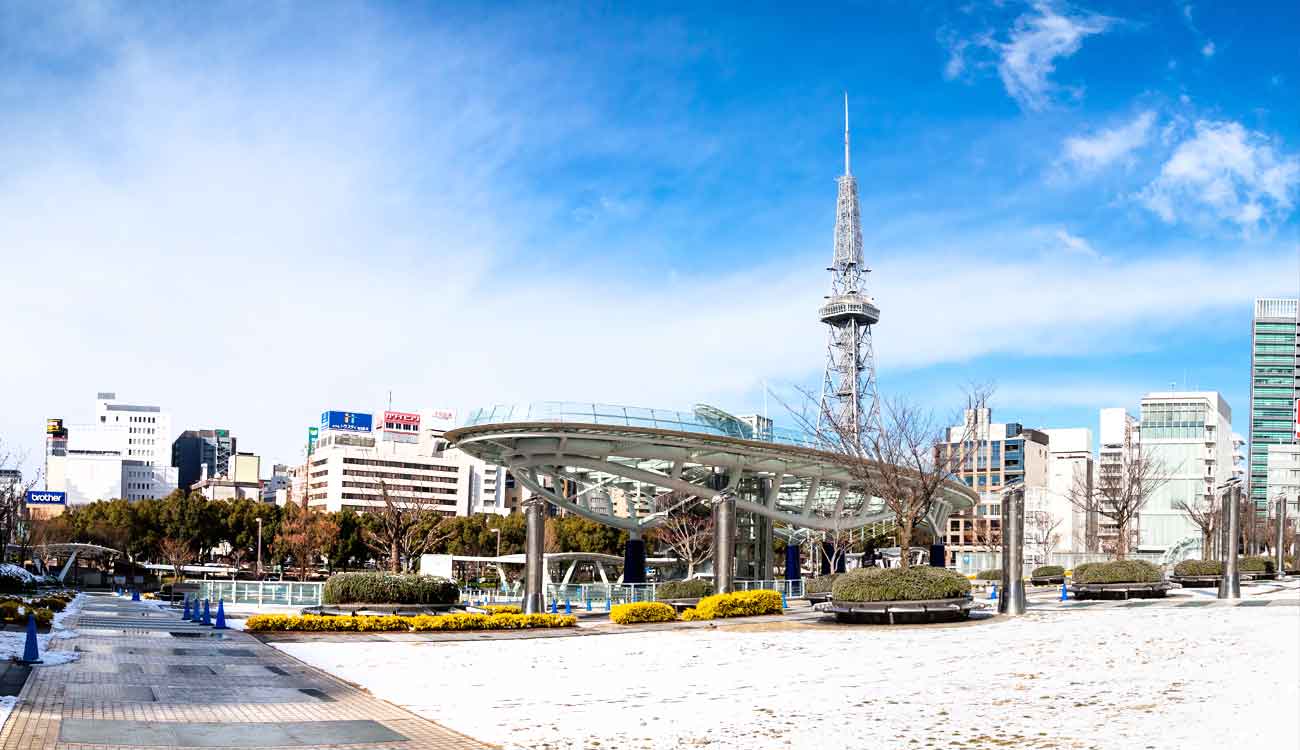
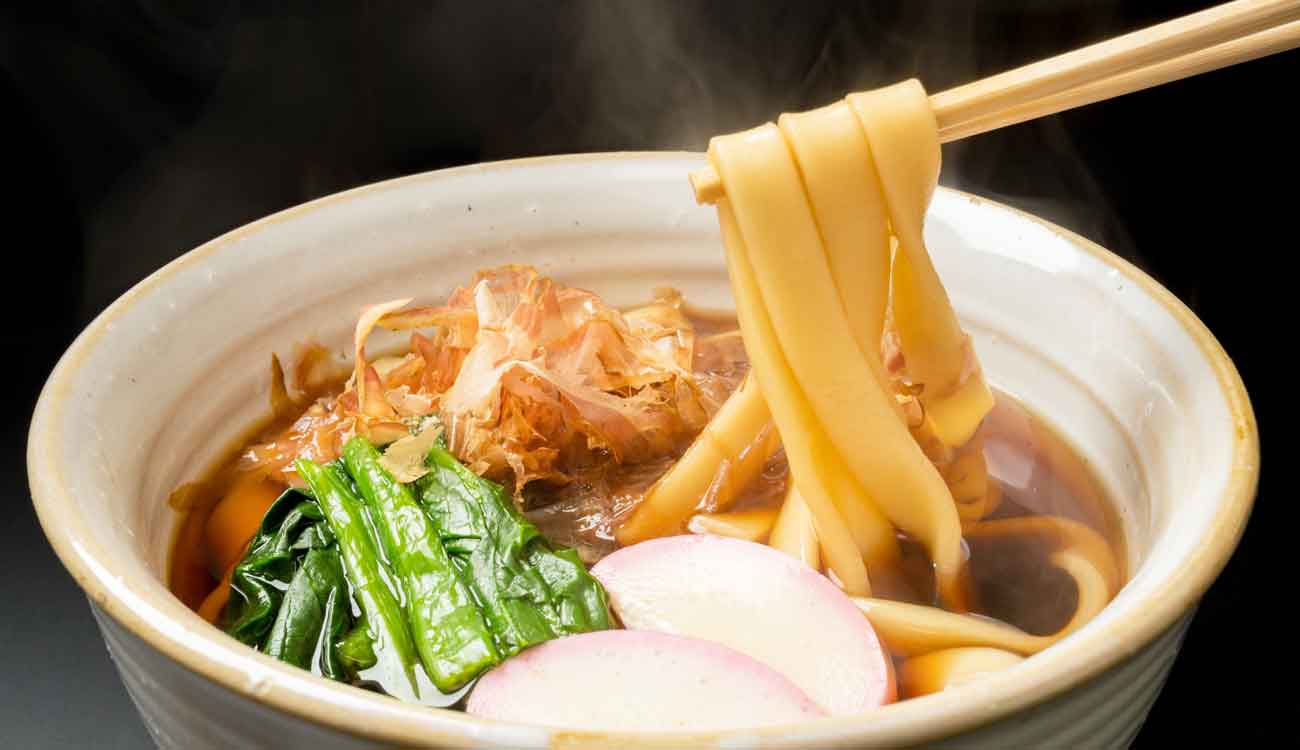

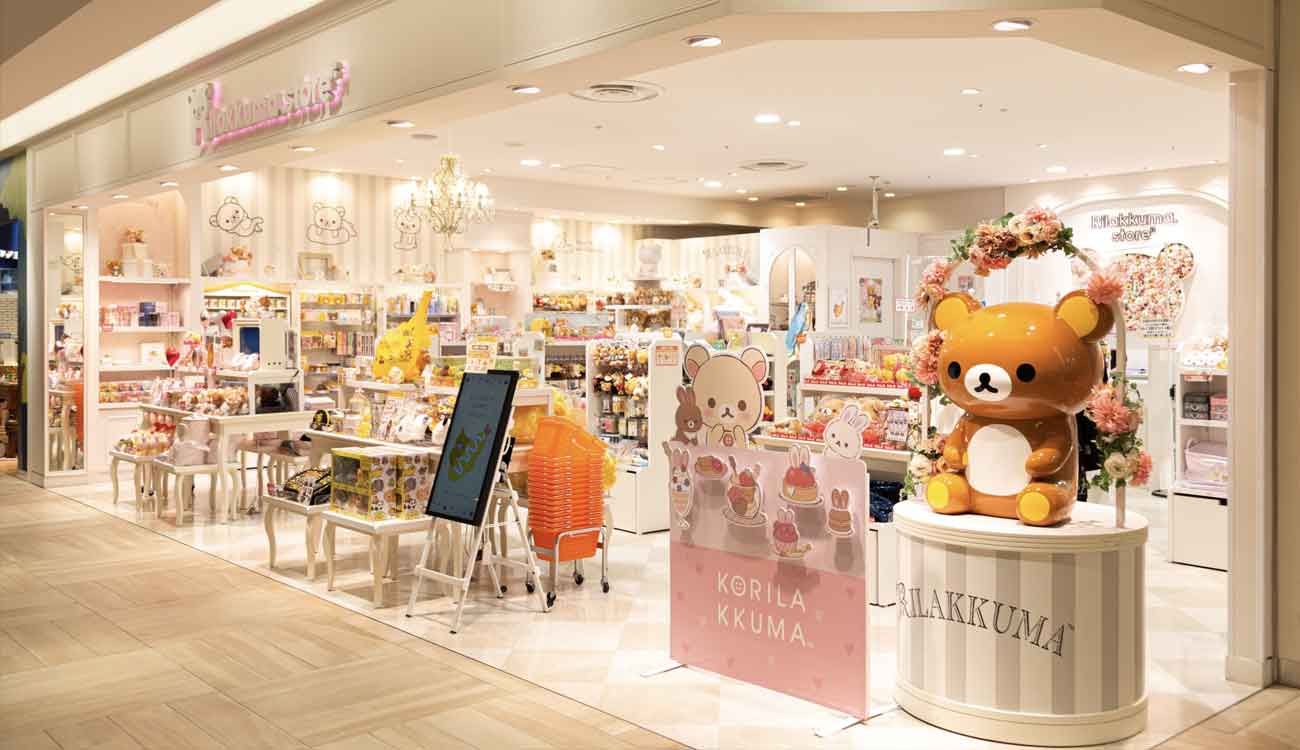
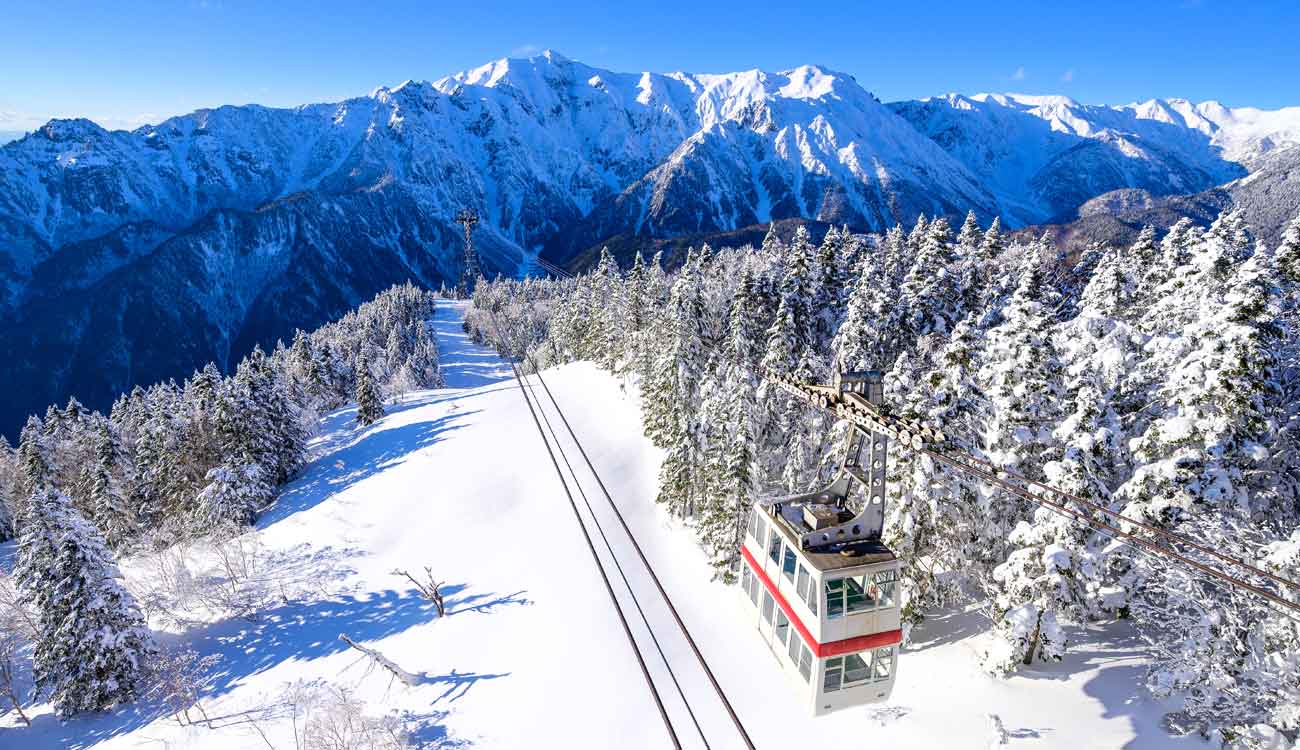
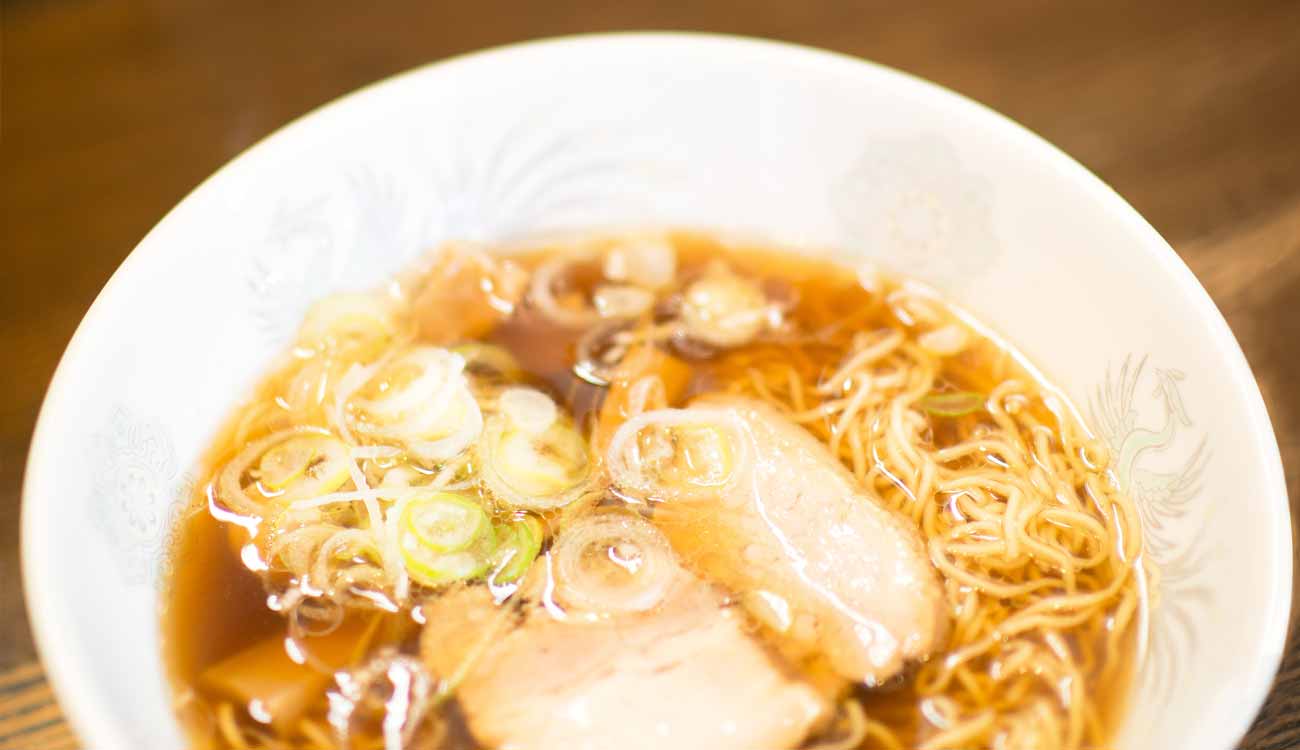
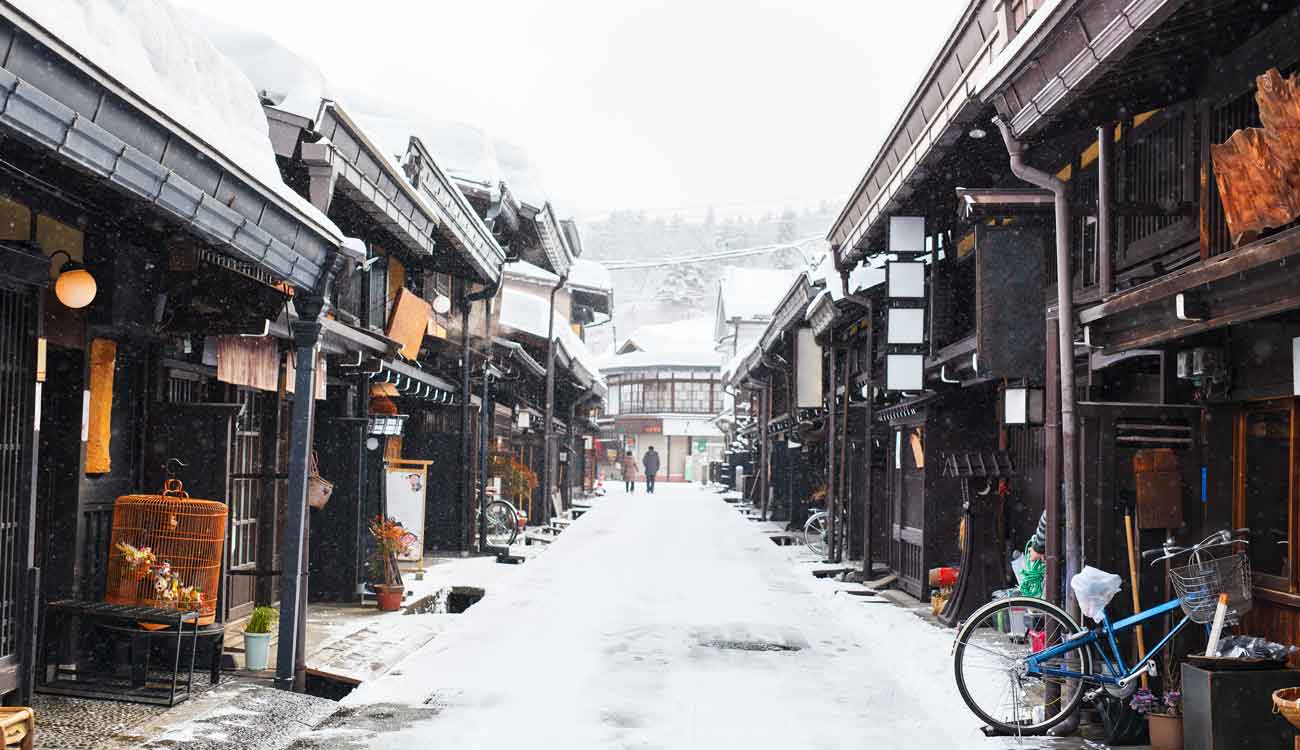

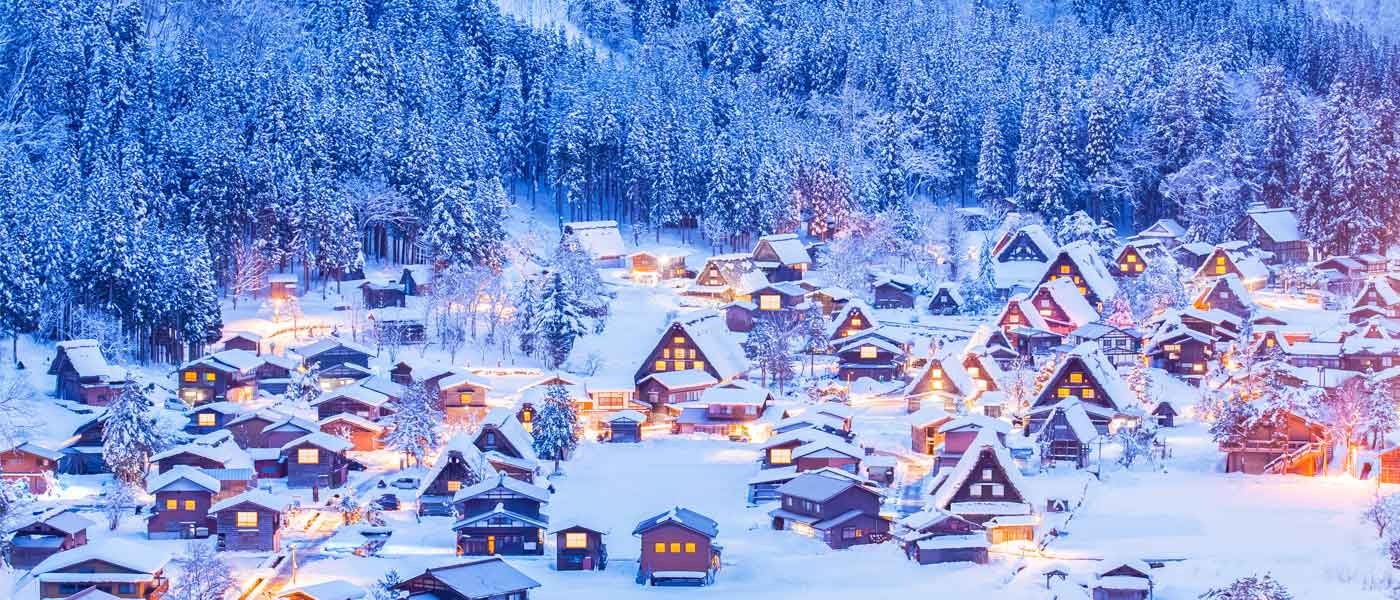
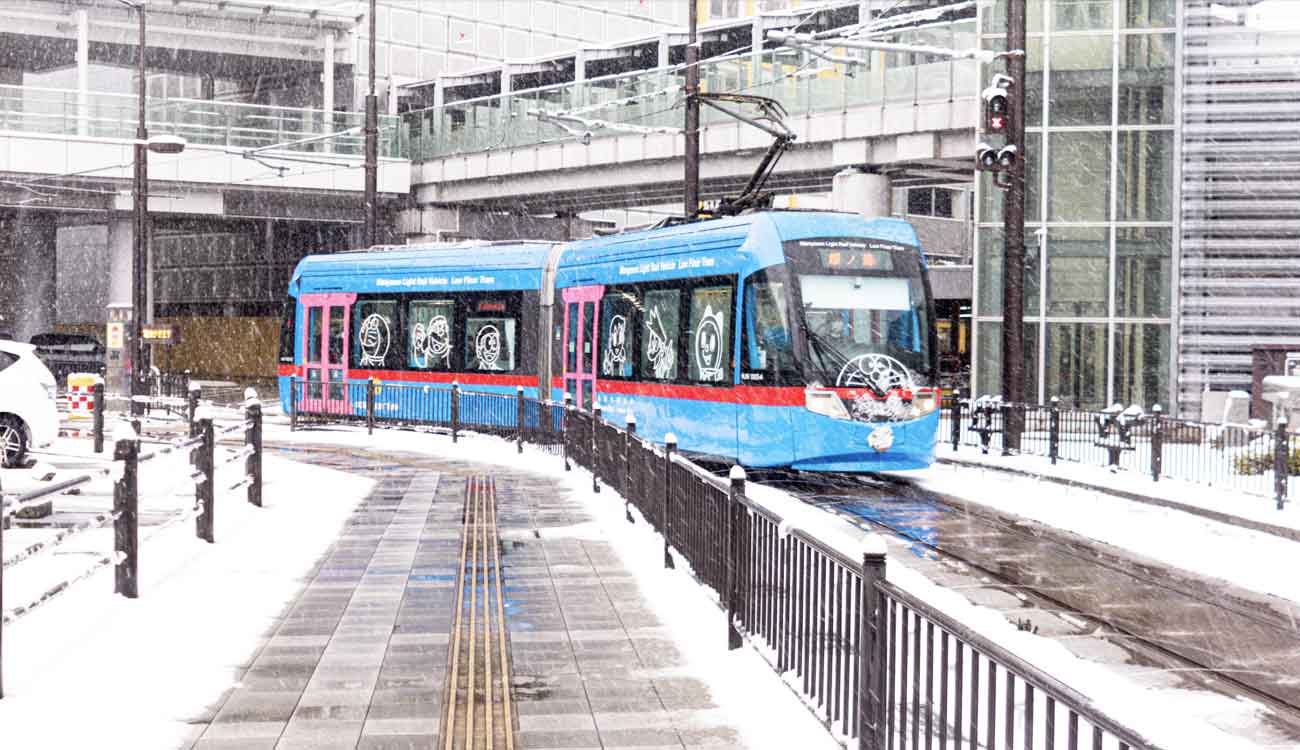
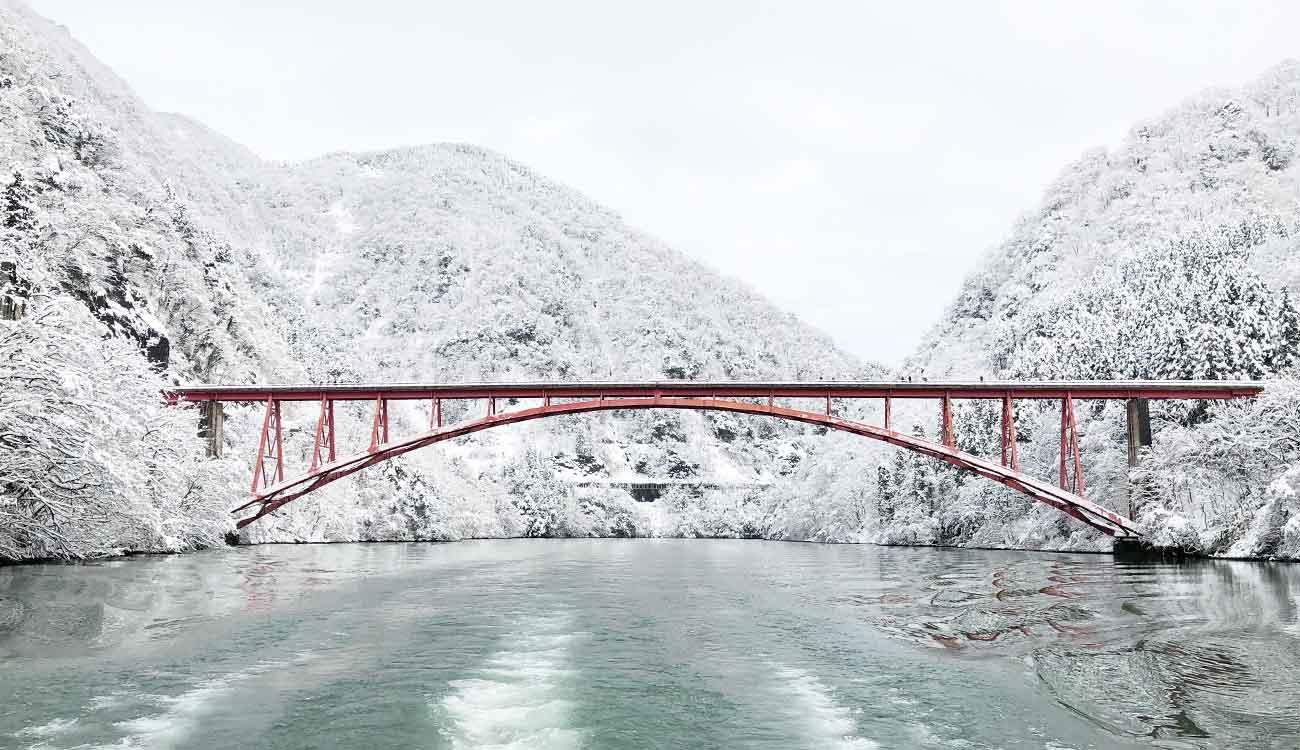
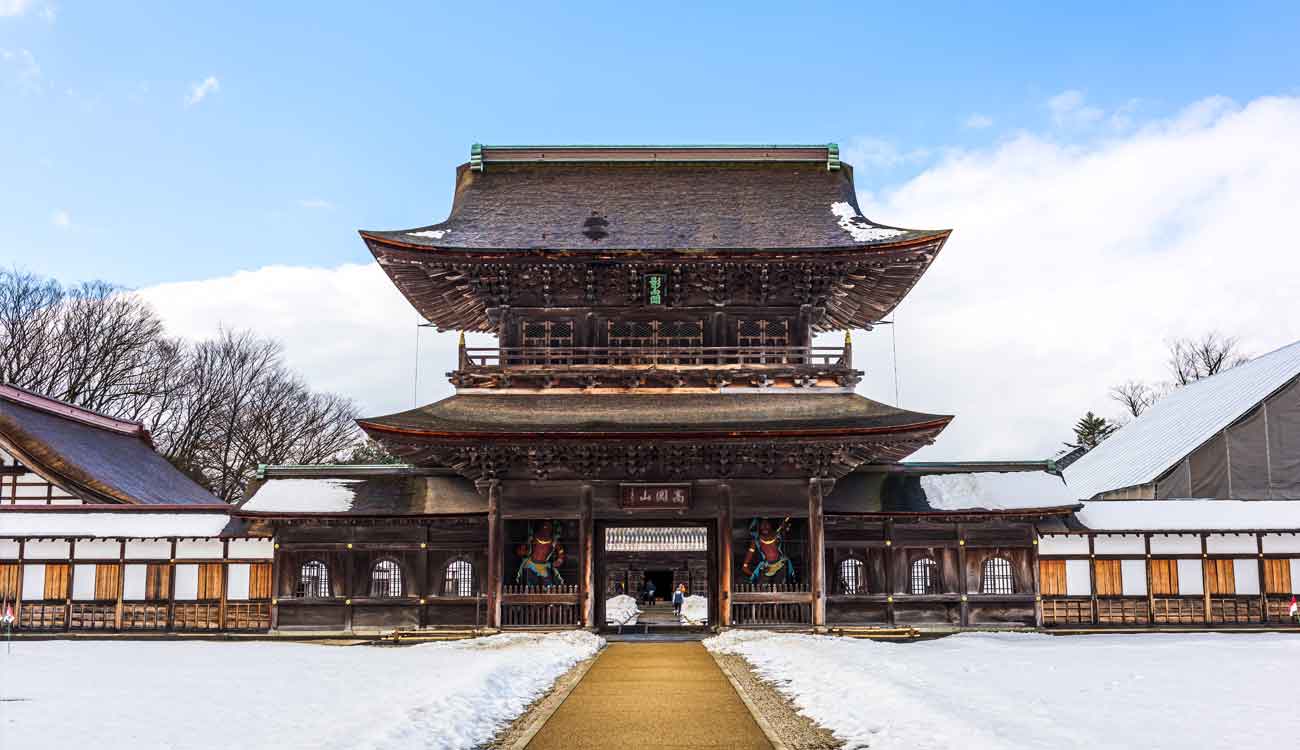
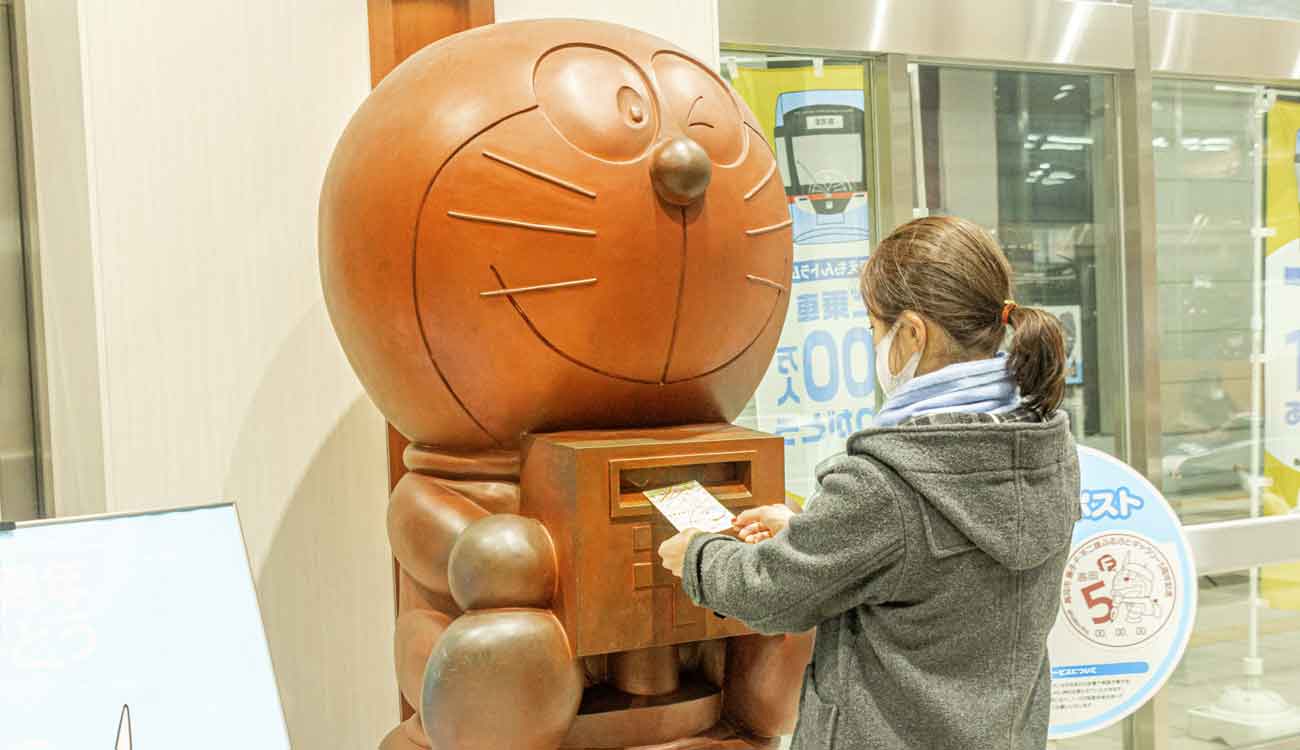
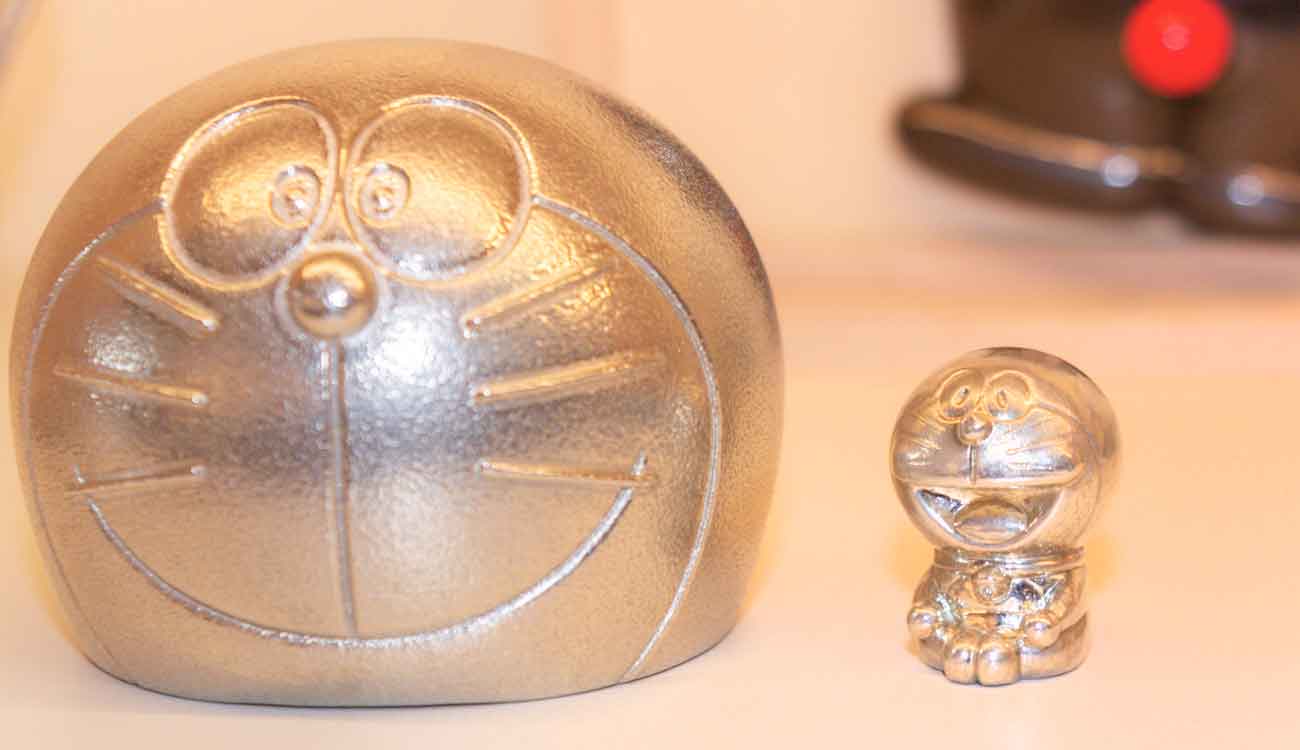
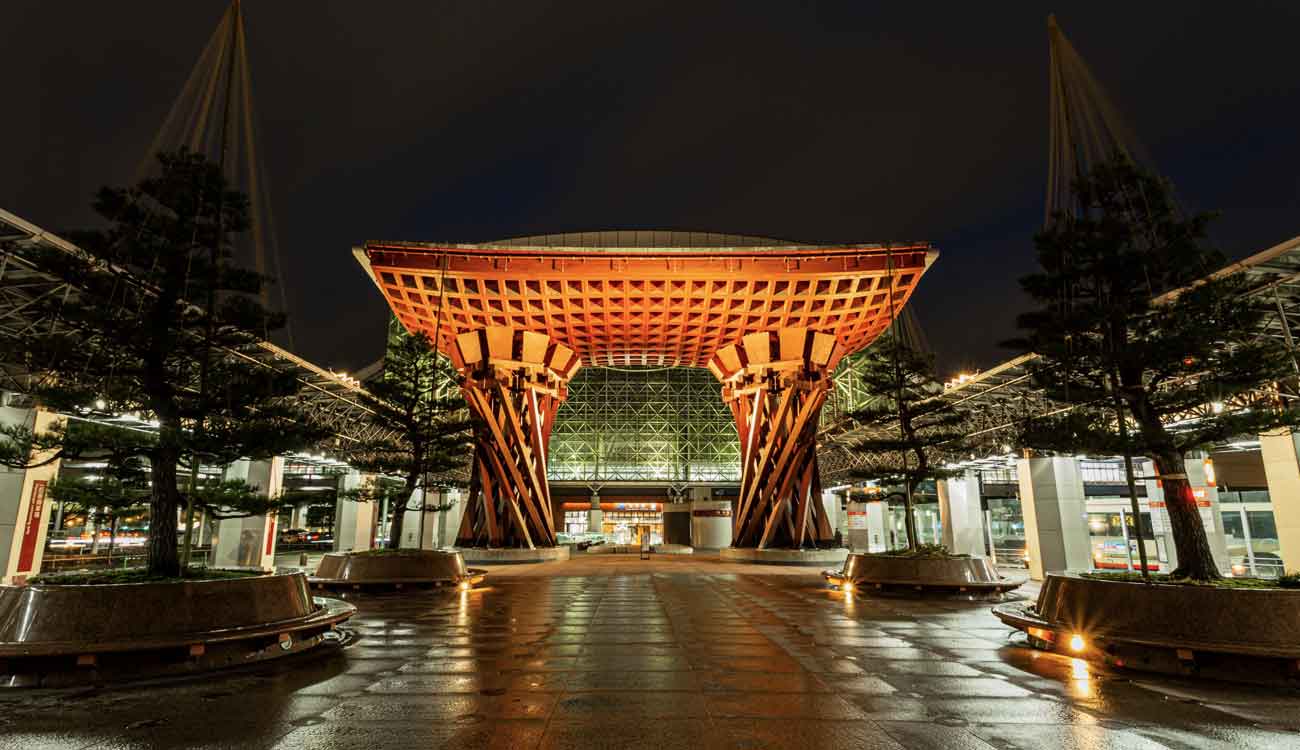
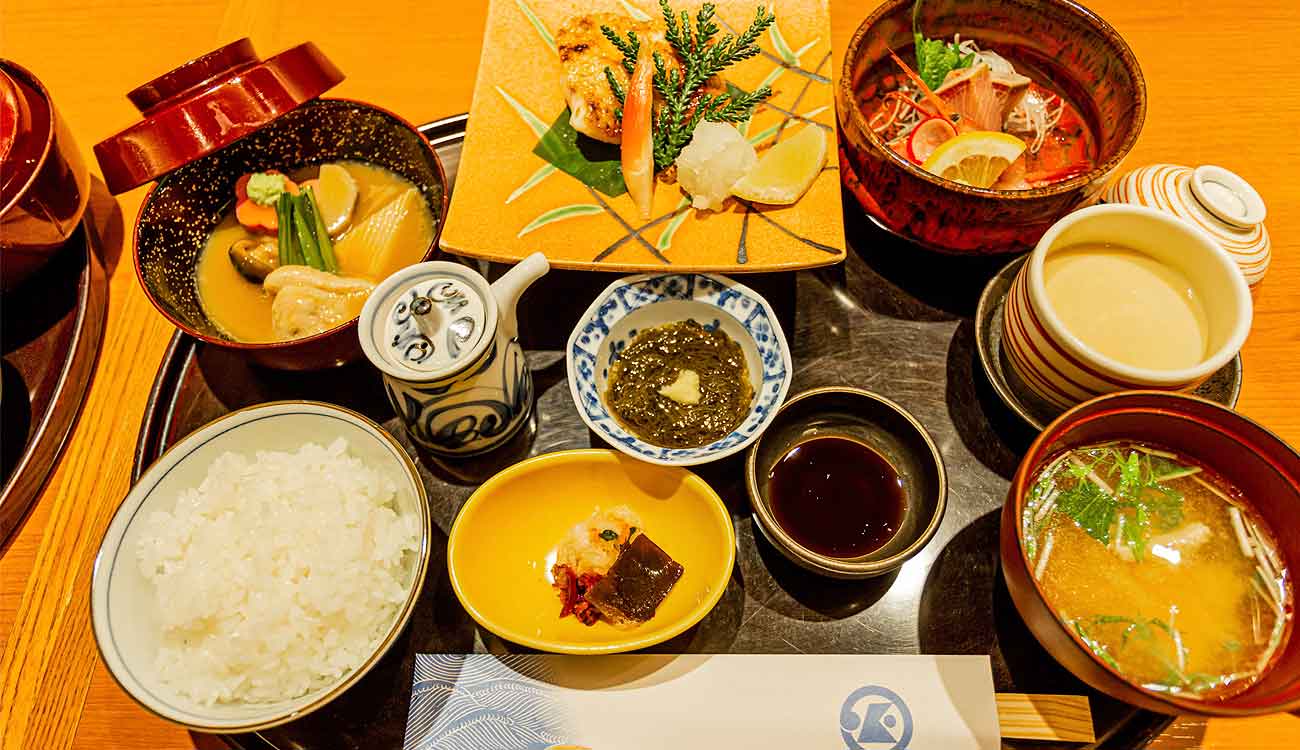

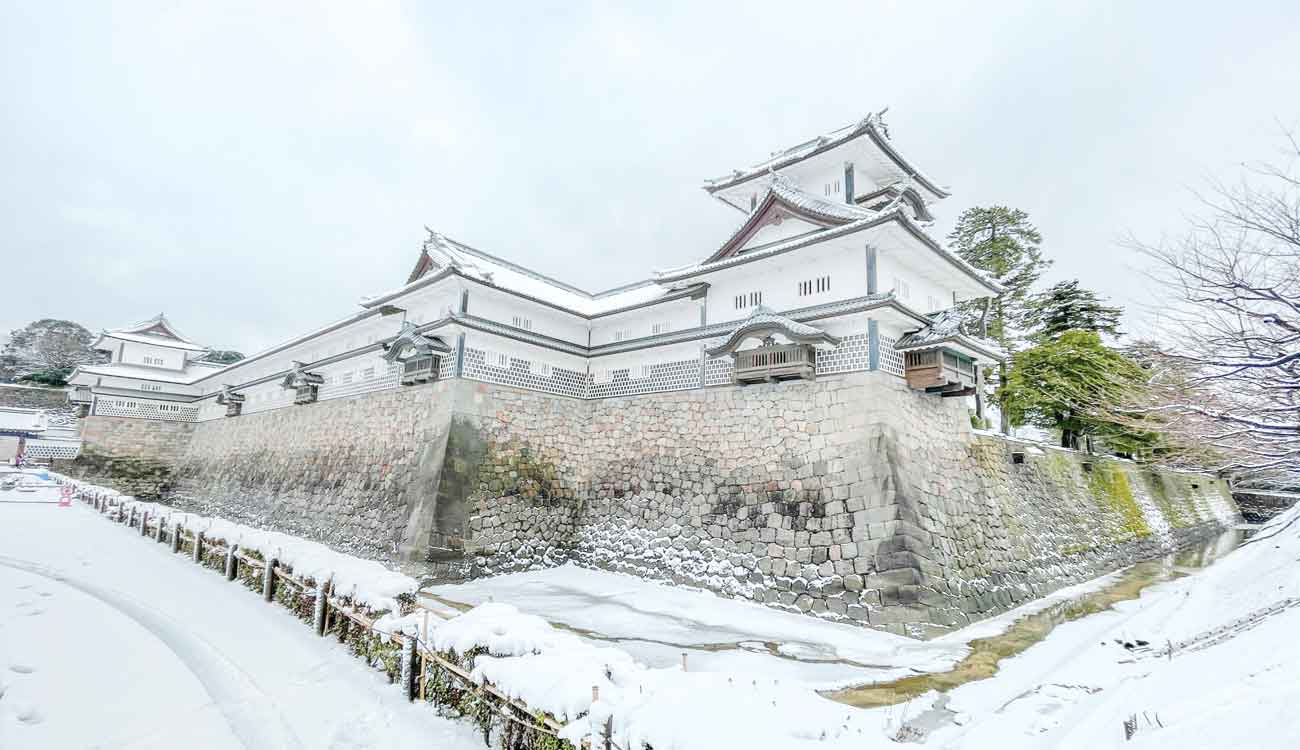
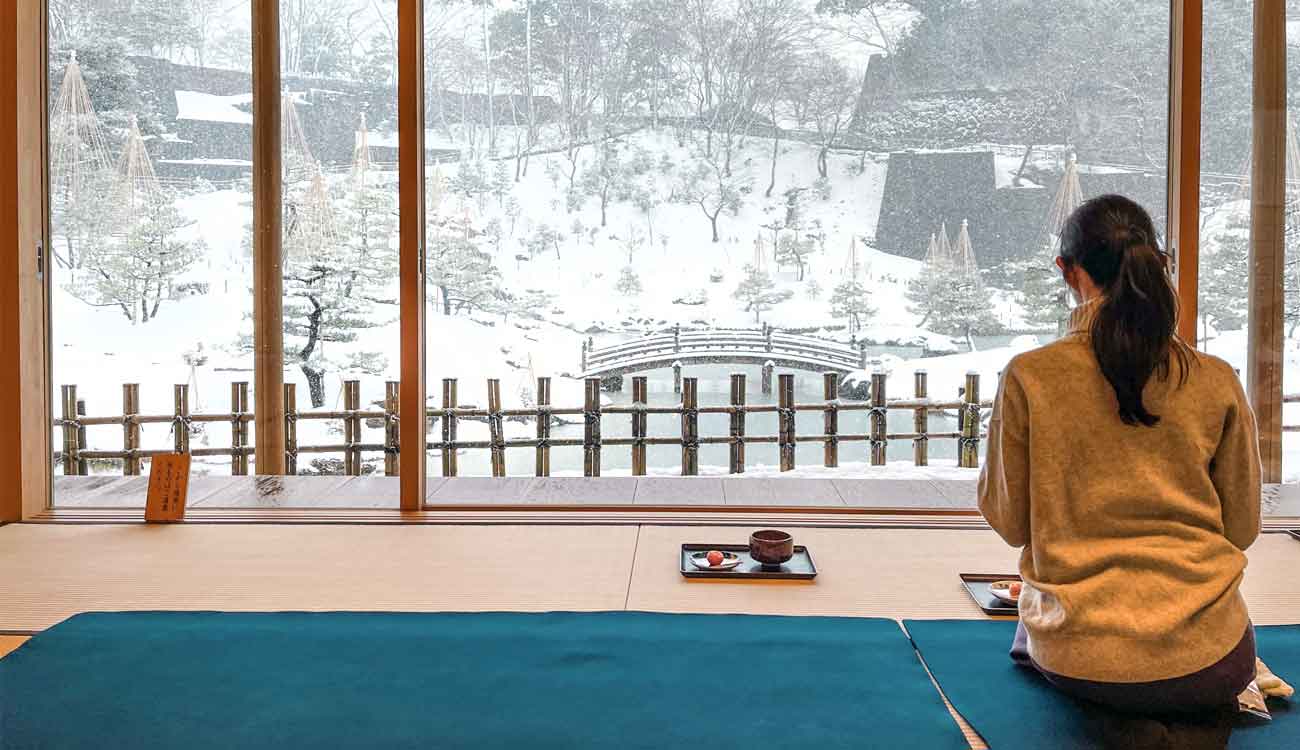
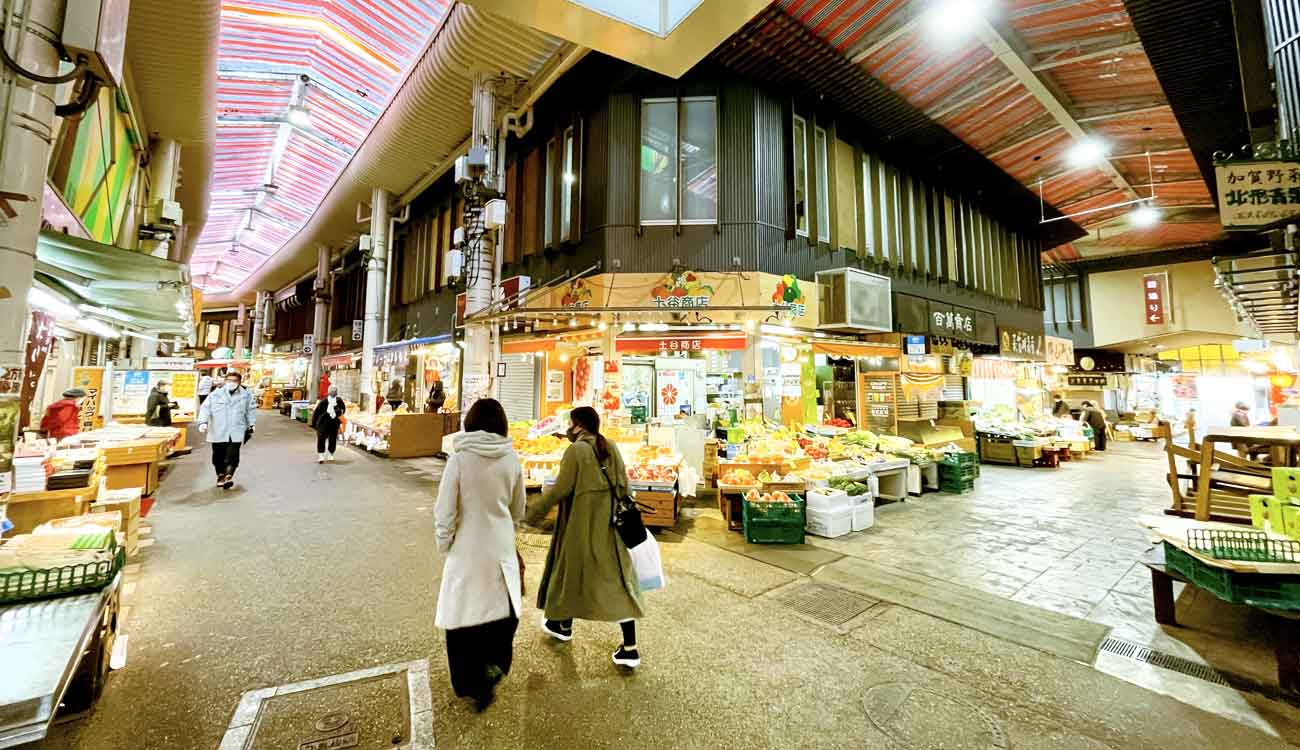
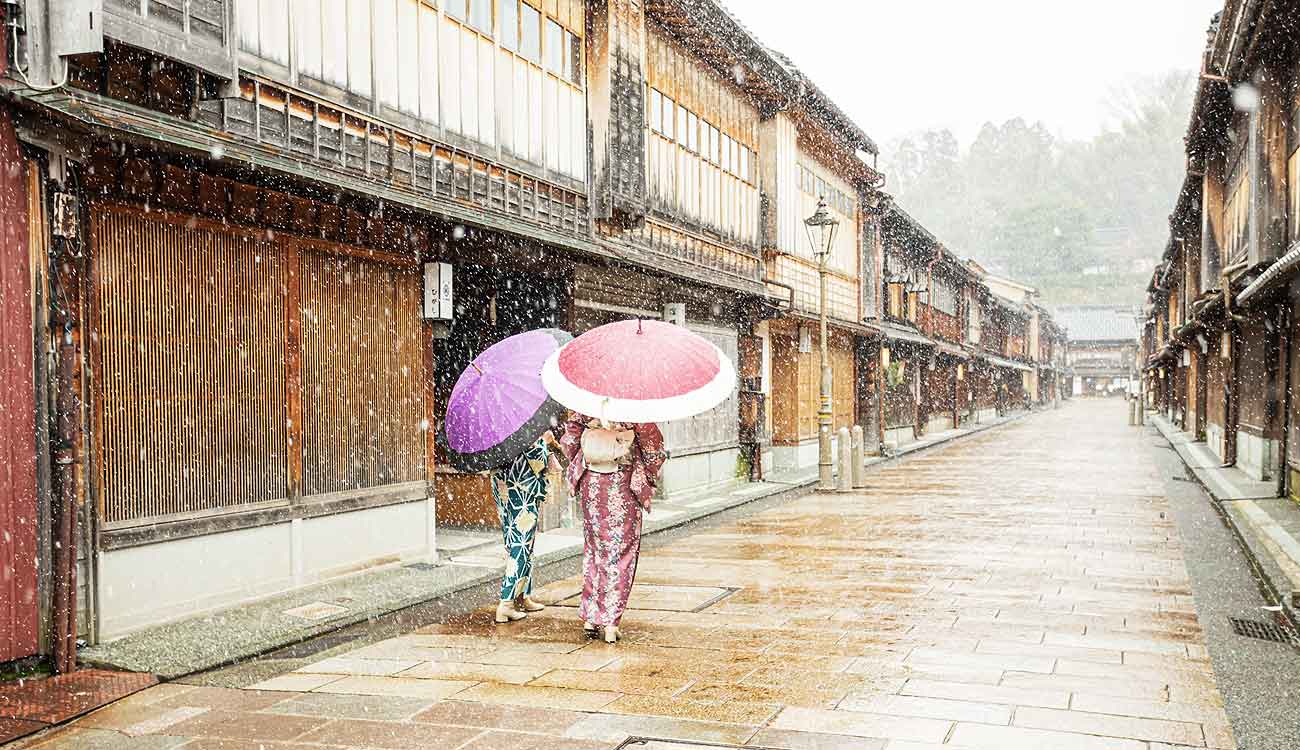

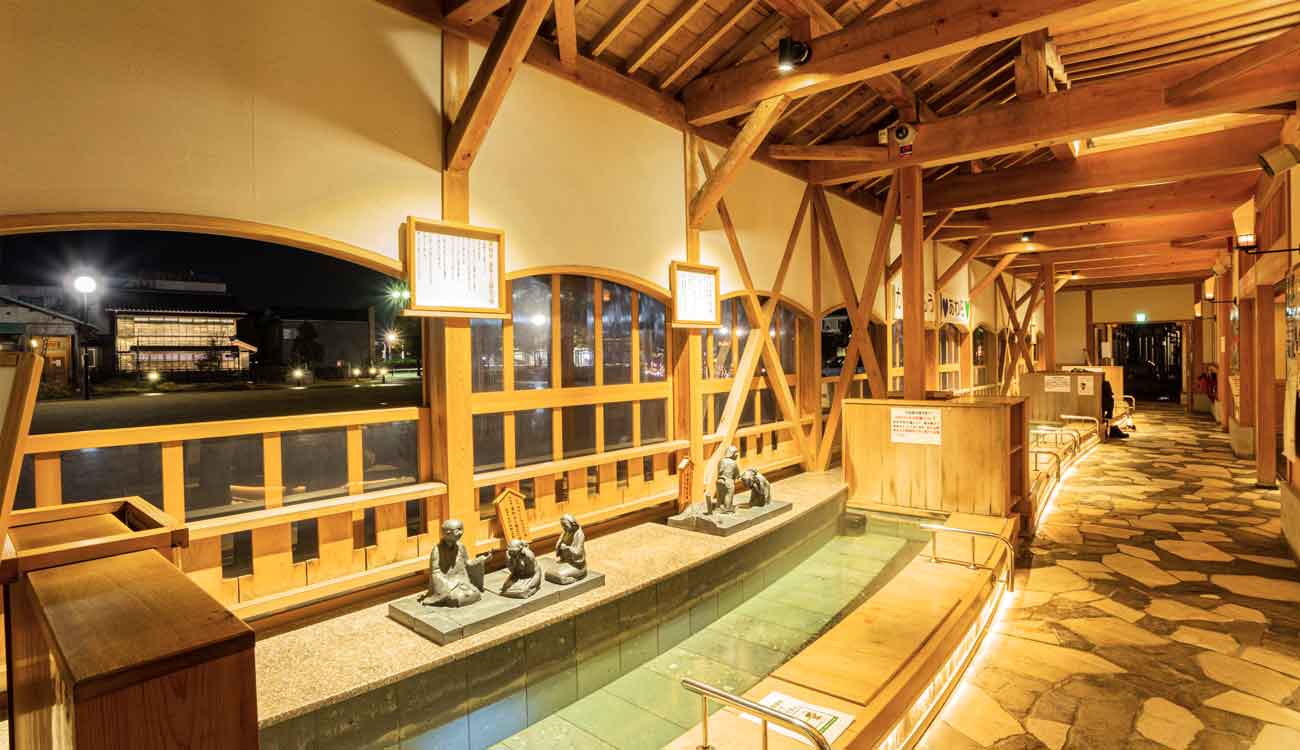

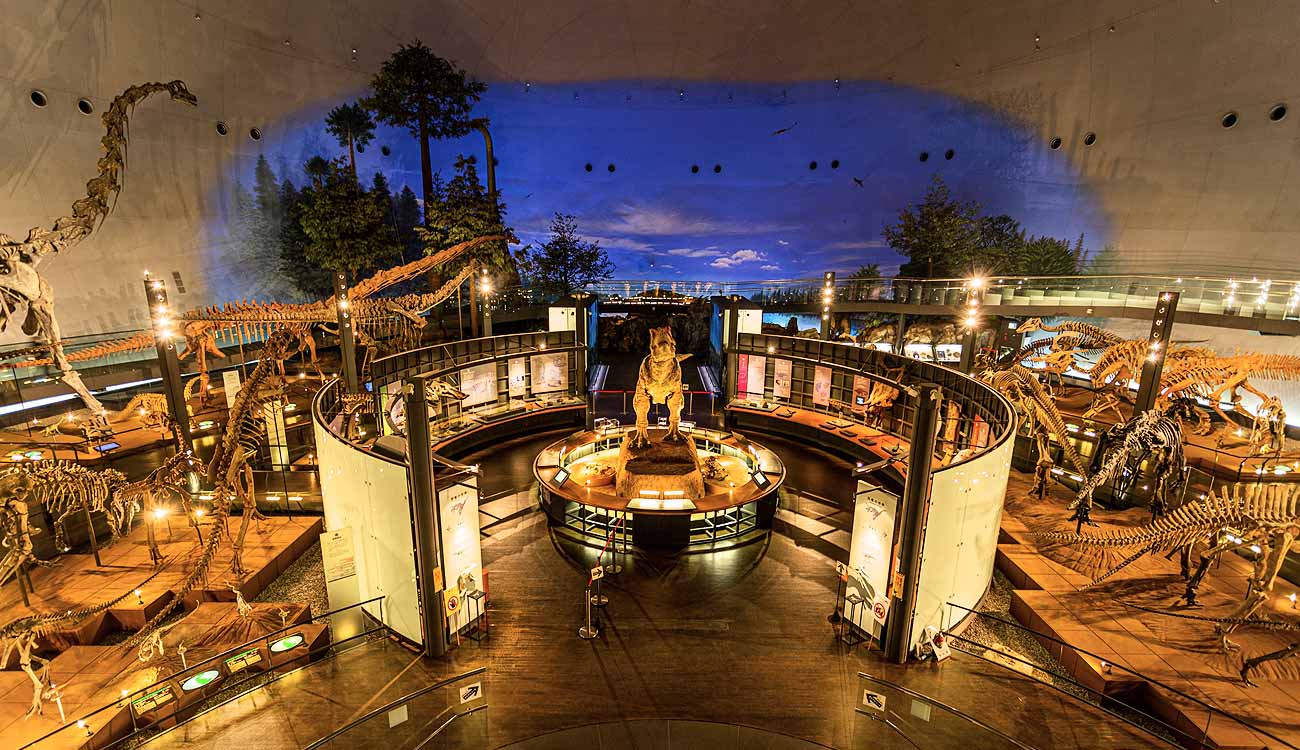
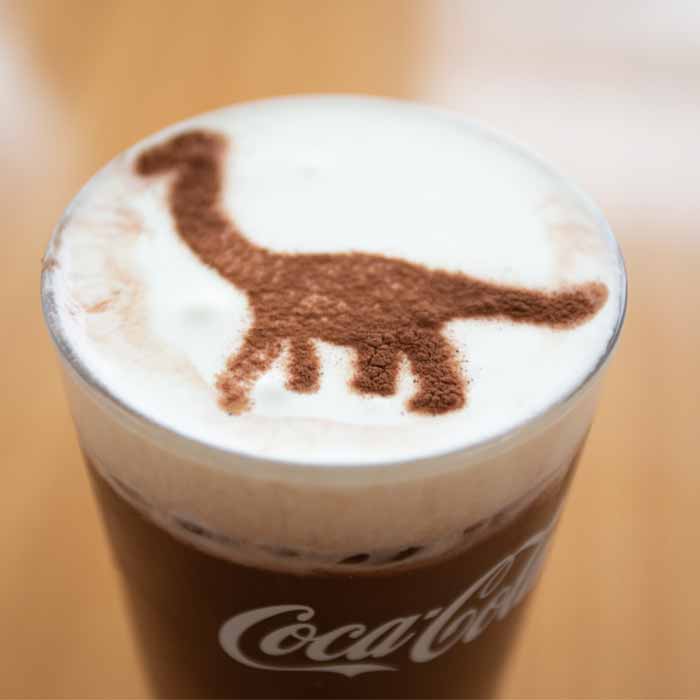
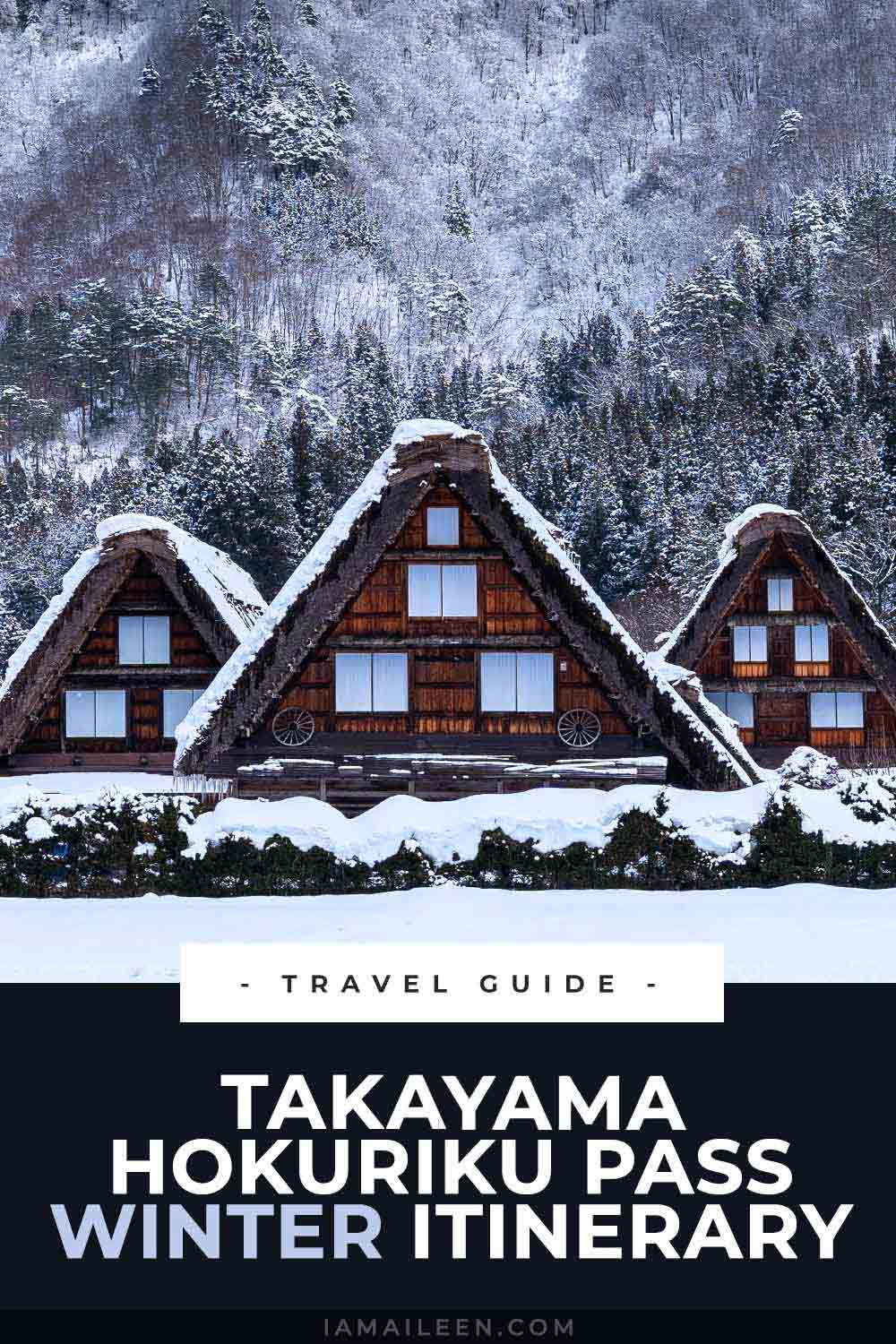

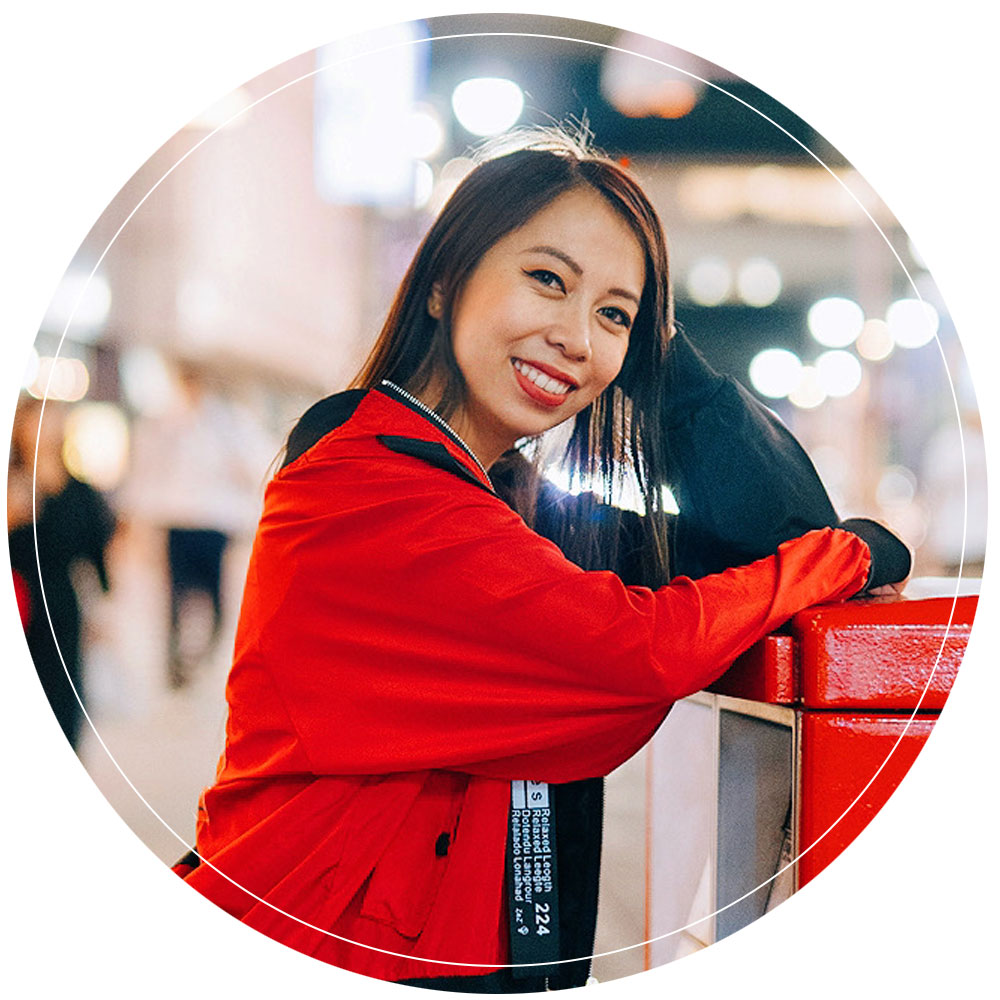
Hi there! thanks for the great post
Glad to be of help!
Hi Aileen! How did u travel in the midst of pandemic? We are supposed to travel March 16-24 this year but Cebu Pac cancelled the trip. Is it open traveling to Nagoya right now and what are the requirenents? Pls update me so we can utilise our travel funds (2 TRAVEL FUNDS). Thank you.
Hey Ismael! Sorry for the misleading post, but this was a trip I did before the pandemic. Unfortunately, as of this moment, travel to Japan is still not allowed by the Japanese government for Filipinos. Hopefully, soon you can travel there (as I also want to head over there!). Keep safe!